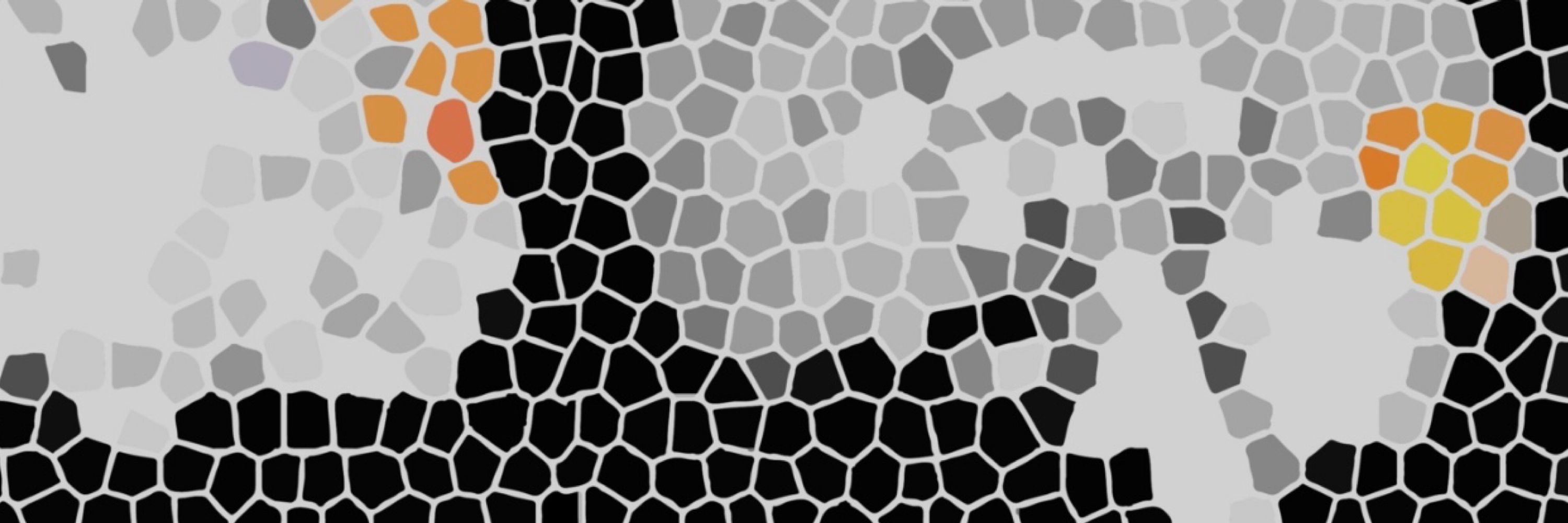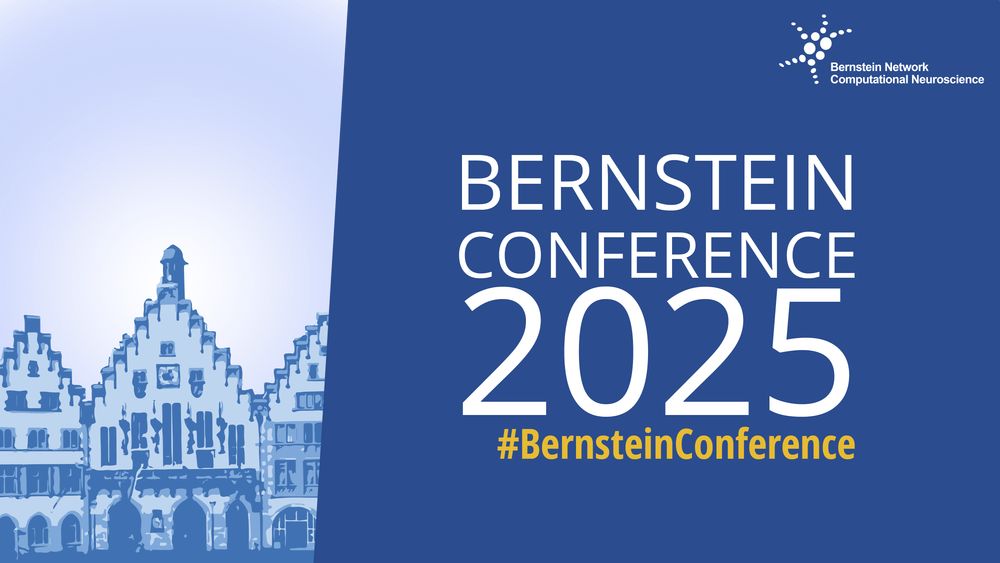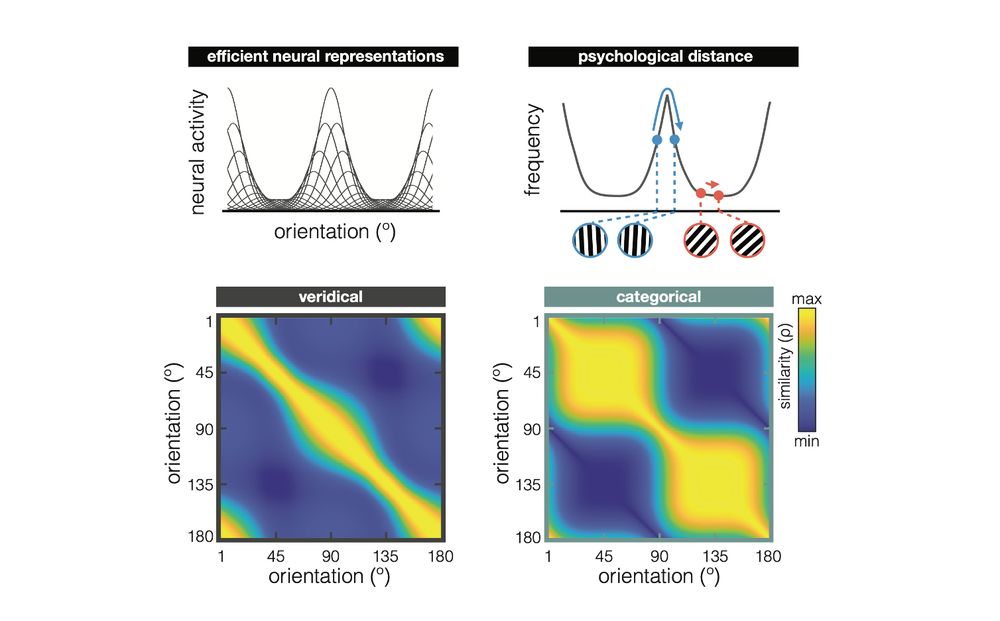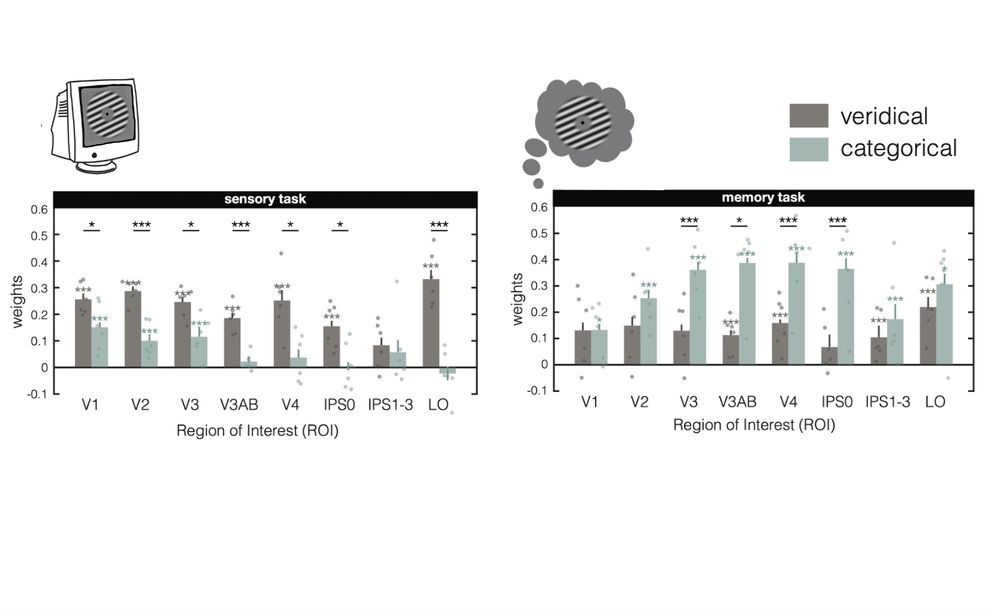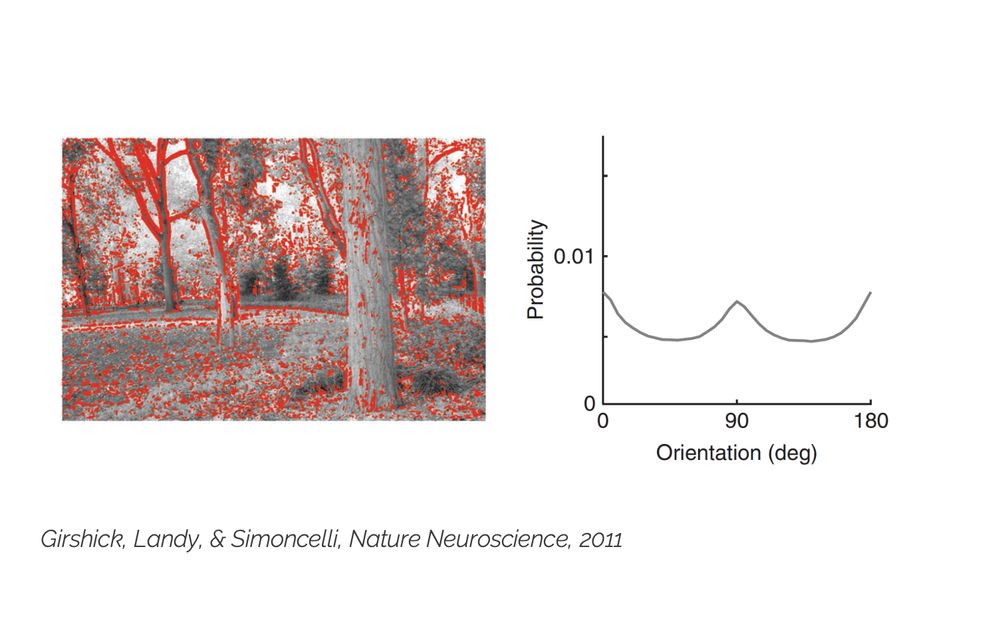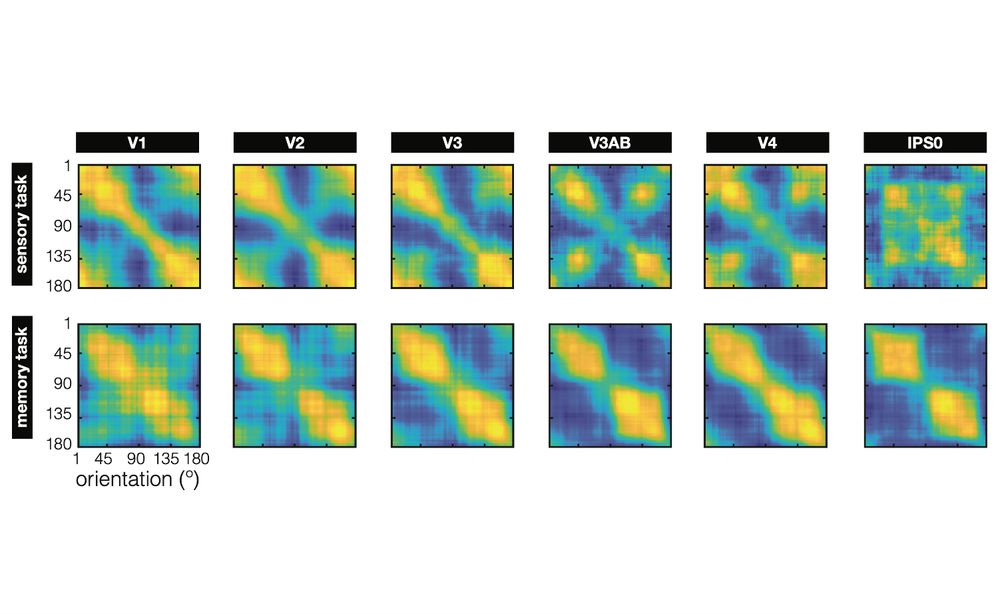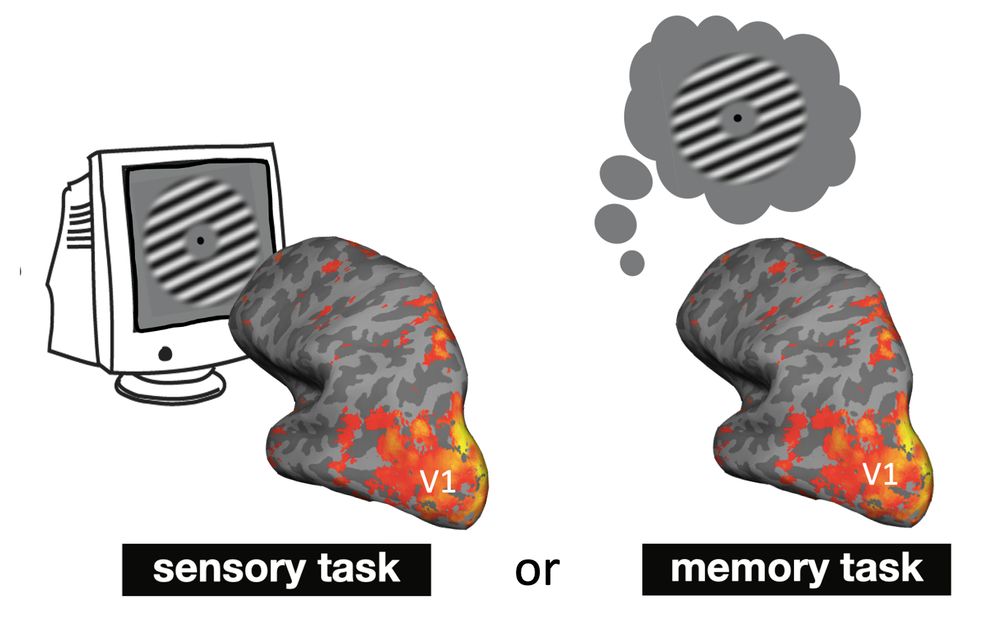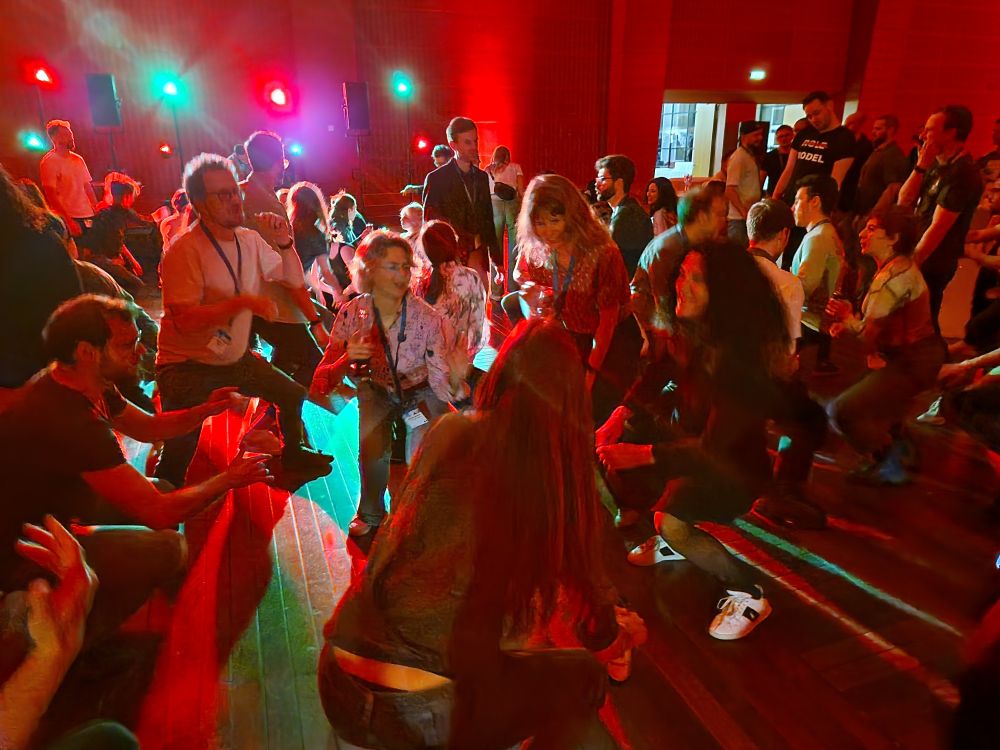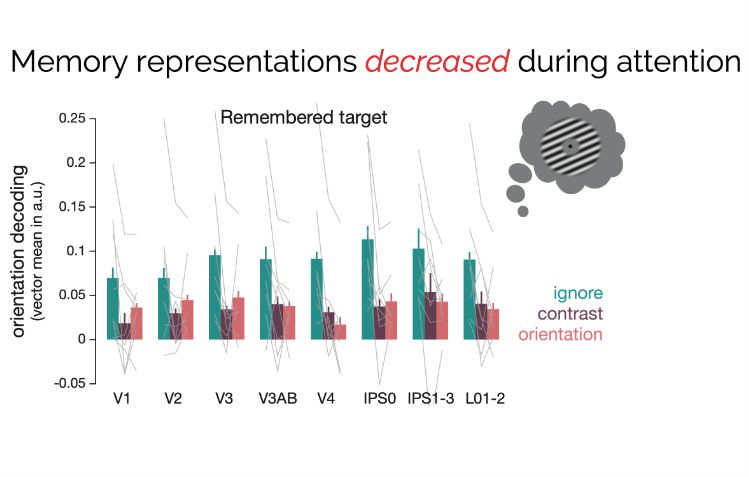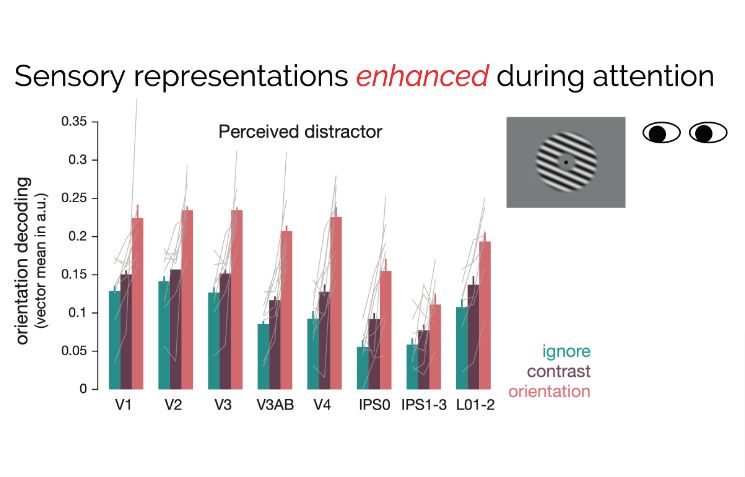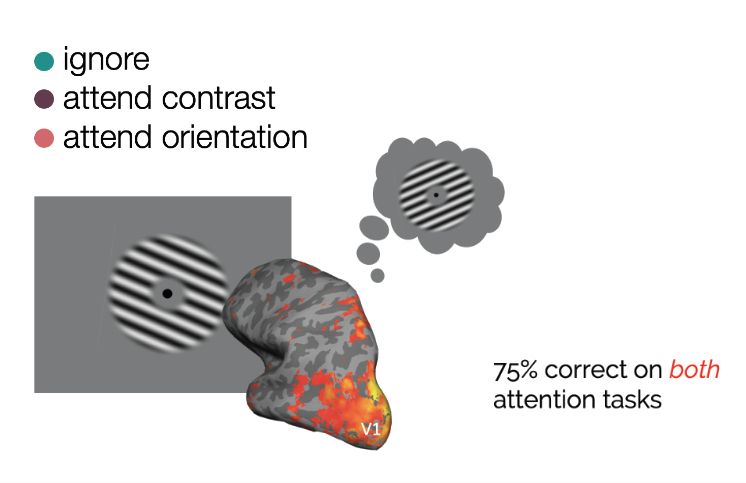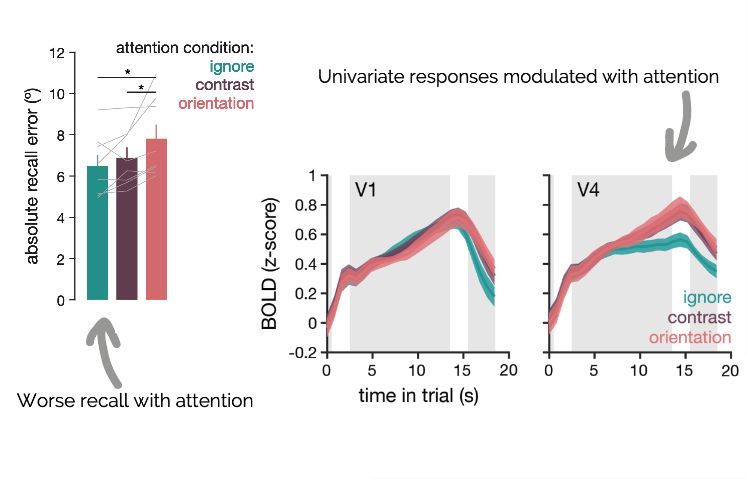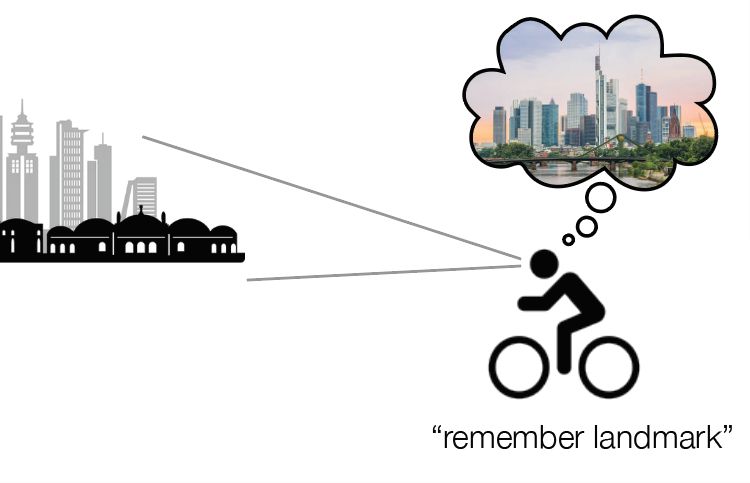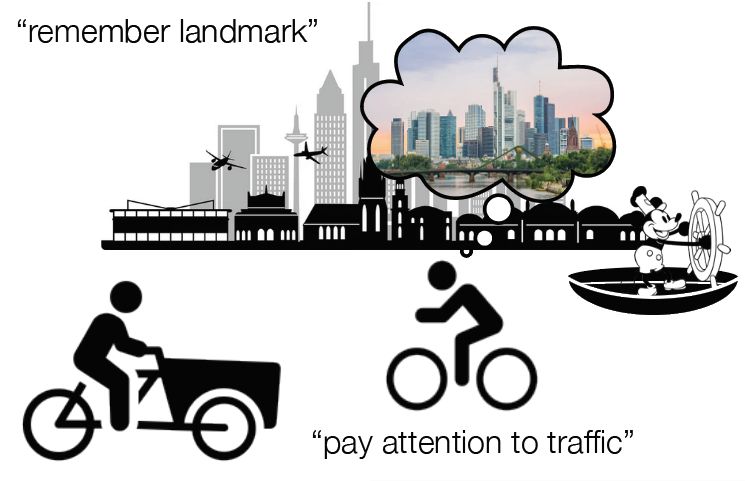Rosanne Rademaker
Max Planck group leader at ESI Frankfurt | human cognition, fMRI, MEG, computation | gets to do science with the coolest (phd) students et al. | she/her
- Looking forward to seeing all you #CompNeuro folks here in Frankfurt for this great conference!
- 🎟️ Each year, we invite the international #CompNeuro community to the #BernsteinConference, one of the most renowned conferences worldwide in the field! This year it takes place from Sept 29 - Oct 2 at @goetheuni.bsky.social in Frankfurt. Stay updated here 👉 bernstein-network.de/en/bernstein...
- “Leadership”: When you start the day “quickly testing” your out-of-office reply & get 2 of your email accounts stuck in an infinite loop. Hours later, your work account is suddenly sending said out-of-office in reply to every (?) already existing message in your (untidy) inbox. Adulting ftw.
- (sorry for the spam to those affected, but thanks for the uncontrollable laughter)
- Are short-term memories just noisier versions of what we perceive? Are they fundamentally different? We (Chaipat Chunharas, @mjwolff.bsky.social, @meikehettwer.bsky.social and myself) delved into this in a paper out now in #elife: elifesciences.org/reviewed-pre.... For a quick summary, a 🧵 below:
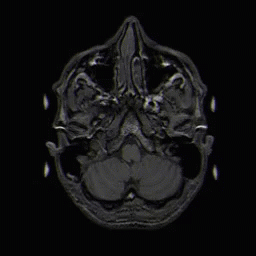
- [Not loaded yet]
- Tnx Andrey! Repulsion biases (from cardinal) might be a form of categorization actually? Or rather, a behavioral expression of it. I looked at uncertainty but not with tafkap so I wouldn’t dare make claims ;) And wrt behavior - there kind of wasn’t any for the perceptual task (contrast detection)
- if you care to learn more (including how geometries relate across visual areas, or even more ways to model this) check out the paper! A Big Thank You goes to the clever reviewers who made this work better along the way, and to the 2 reviewers at #elife whose comments we aim to address soon.
- The encore to keep it real: This work was conceived by a Thai MD working his ass off during a global pandemic, slowly analyzed and crafted thanks to an enduring intercontinental collaboration & friendship, then ultimately written/ reanalyzed/ revised by a single mom defying inadequate childcare.
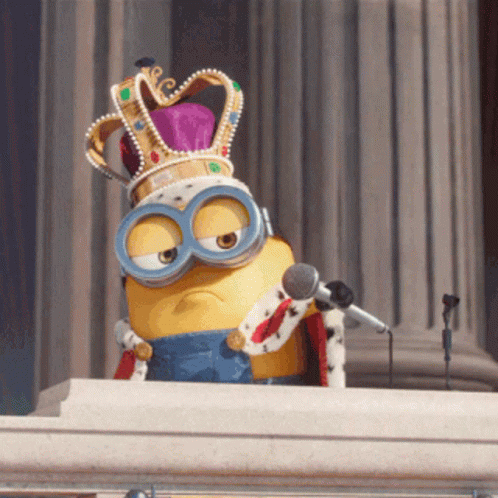
- We model what similarity of fMRI responses might look like when assuming that (1) the brain uses a veridical way to represent orientations, or (2) the brain categorizes orientations based on how different they appear in a more experiential sense.
- So... does visual cortex represent orientations veridically or categorically? During perception, the veridical model does a generally better job. During short-term memory, representational geometry becomes increasingly more categorical along the visual hierarchy!
- So what's going on? As it happens, Chaipat & I have often wondered if things in memory are perhaps more categorical, while the things we perceive are more true to reality (i.e., "veridical"). So let's make some models!
- Girshick, Landy, & Simoncelli (2011) showed it best: The natural world has more horizontal and vertical ("cardinal") orientations in it than those in between ("obliques"). We start from this uneven probability distribution over orientation.
- To answer how perception and memory differ in visual cortex, we use line-images ("gratings") with different orientations that people look at, or remember, while we record voxel responses. We correlate patterns of responses evoked by all possible orientations & VOILA, "representational geometry"
- Whoa... Those don't look the same at all! The geometry during perception is more like a diagonal line, and during short-term memory it's more like... 2 squares? There's also a change from earlier (V1) to later (IPS) visual areas...
- Early visual cortex processes what we see around us, but also has information about images briefly held in mind. The two must be different... But different how?
- Big thanks to #teap2025 organizers and the great community. It’s such a treat to meet (back) up with the smartest of science friends from near and far, and engaging with cool new science at #goetheuniversity
- Still dancing away past midnight #teap2025 😍
- [Not loaded yet]
-
View full threadYeah… as I said in the end, it may not be exactly what you’re looking for. But I guess as soon as the perceived item is proved after it is no longer on the screen, the “perceived” item is now also in WM ;)
- *probed
- I’ve also seen inter-item repulsion once as a function of cuing order when two gratings are remembered (see experiment 3 in this one: static1.squarespace.com/static/5eece...)
- Of course, these may be focusing on the item you’re not interested in (the WM item) instead of the perceived item…
- There’s a nice paper by Chaipat Chunharas showing under what conditions attraction/repulsion may occur: static1.squarespace.com/static/5eece...
- Deep in thought while on your way to work? Better watch out, or it’s a recipe for disaster! Yet, people are able to daydream and hold images in mind effortlessly, with eyes open. But when you also need to attend your surroundings, it gets tricky… Why? ⏰TWEEPRINT ALERT! ⏰1/n

- [Not loaded yet]
- Ashamed to admit I forgot to add the link 😅 biorxiv.org/cgi/content/...
- So, there’s a clear trade-off between competing top-down demands both in behavior and in visual cortex. Attention to external stimuli comes at a cost to working memory, while it improves sensory processing!! 8/n
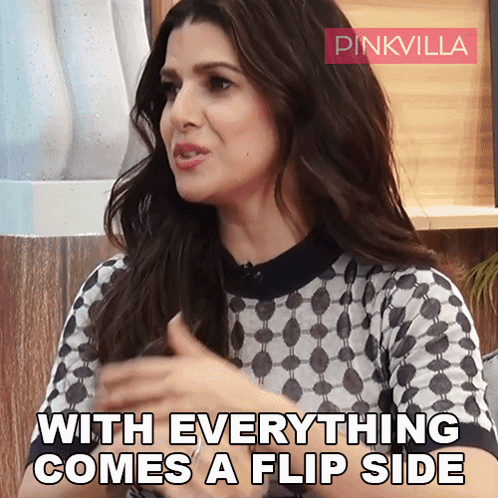
- Keeping it real as always: A big shout out to John Serences, who’s support & patience helped me through the hard stuff (pandemic, international moves, setting up a lab, & more). These data were sitting on the server for a while, and I’m proud we finally got them out. 9/9
- So, does attention negatively impact decoding of the orientation held in memory? Yes it does! Throughout the visual hierarchy we see a hit to decoding of the remembered target when attention is paid to the distractor 6/n
- And what about the distractor itself, which is directly perceived throughout the delay? We show that attention actually enhances these sensory representations, especially when distractor orientation is attended. 7/n
- We scanned people over the course of several days. While they remembered an orientation, we showed another stimulus on the screen. This distractor had several small changes in its contrast or orientation on every trial. We manipulated just one thing: Attention. 4/n
- Recall of the remembered orientation was worse when attention was diverted towards changes in distractor contrast and orientation. Univariate BOLD was also higher with attention, compared to when the distractor was ignored. 5/n
- Everyday life typically requires visual memory when there are concurrent visual inputs. Together with John Serences, we found out a while back that we can use fMRI to decode the contents of visual working memory from early sensory cortex, even during such concurrent visual input. 2/n
- But everyday life also requires attention to the environment, so you can navigate it safely. When you hold an image in mind, this often happens concurrently with attention to visual inputs! Can visual cortex concurrently process competing top-down demands? 3/n
